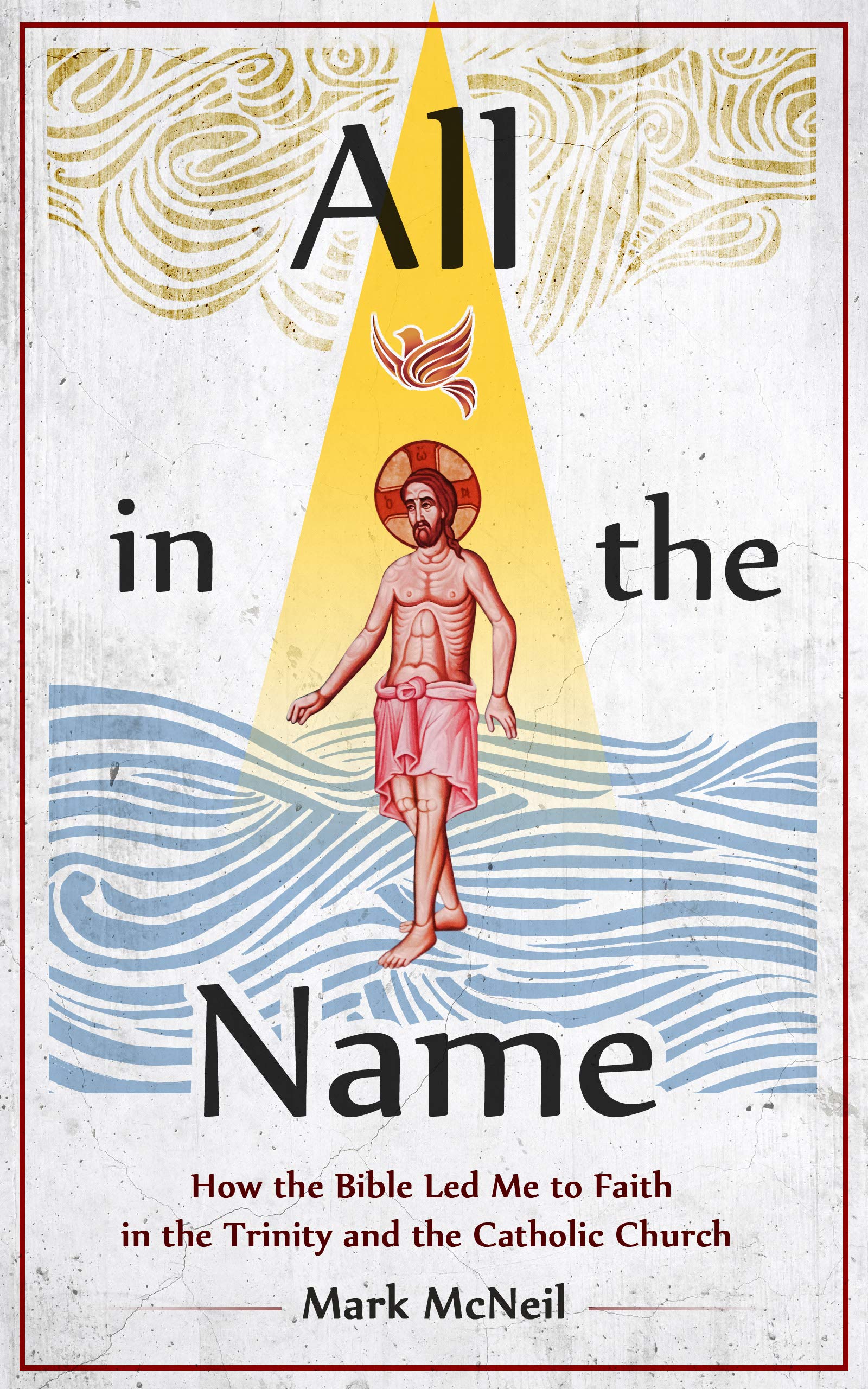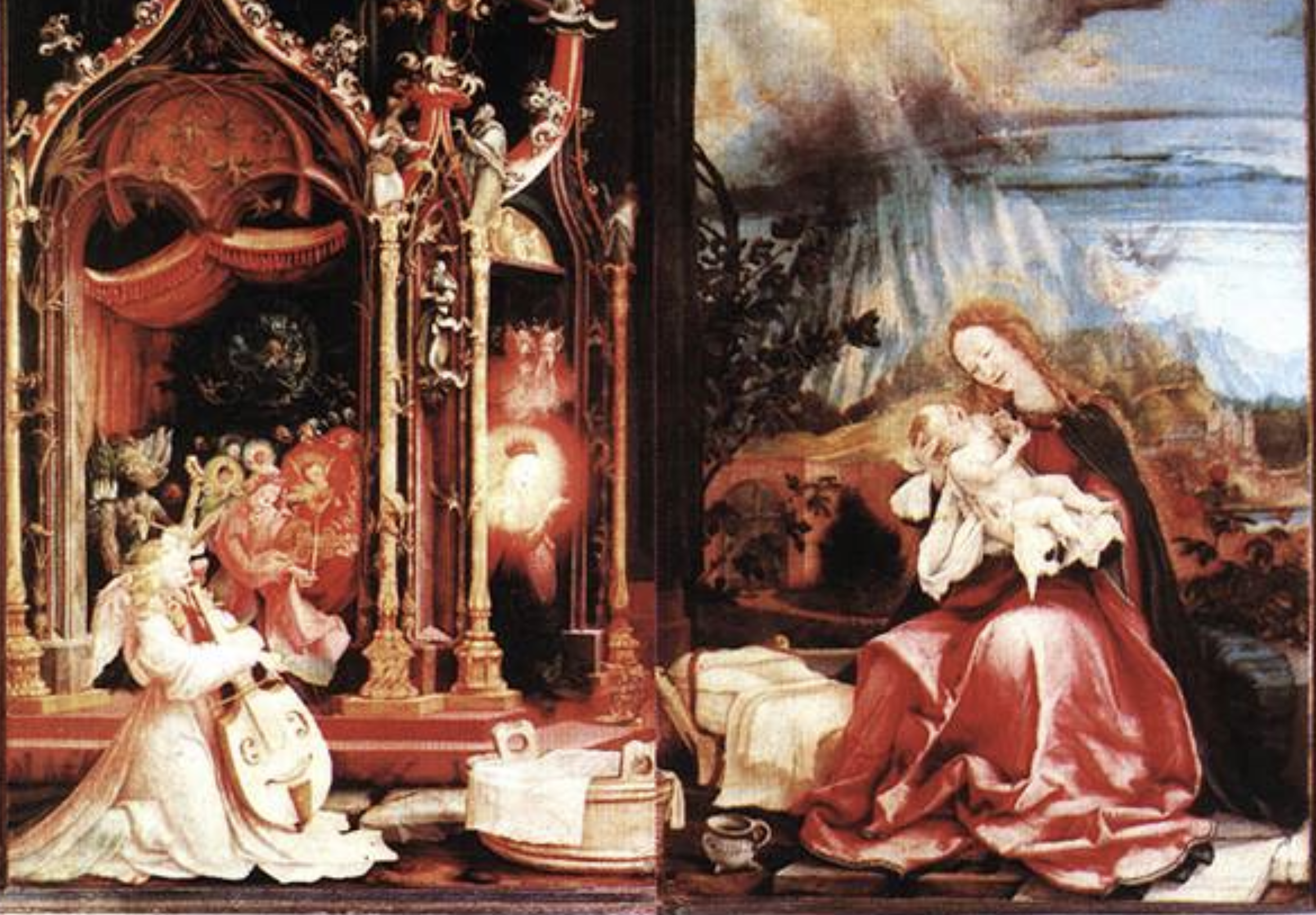https://www.catholic.com/magazine/online-edition/sackcloth-and-ashes
“To some non-Catholics Christians, the traditional pentitential practices of the Church (especially those of Lent) are unbiblical—traditions of men that are at best unnecessary and at worst seek to replace or add to Christ’s sacrifice with human works.
Yet penance has been part of the true religion since before the time of Christ, as shown by the Old Testament’s injunctions concerning fasting, wearing sackcloth, and sitting in dust and ashes. And they have been part of the Christian Church since its earliest days.
Penances can be formal or informal, but they amount to the same thing: expressions before God of sorrow over one’s sins, which is not only required by God but also by human nature; human beings have an innate need to mourn tragedies, and our sins are tragedies.
In ancient formal penitential discipline, there were four classes of penitents who had committed major sins (e.g., idolatry, murder, abortion, adultery), and they moved through the classes on their way to full reconciliation.
(Ed. there was a wonderful ancient tradition I was made aware of where, during the Easter vigil, the bishop would lead the penitents, thenceforth, banned from full communion due to their sin, being led by the hand by the bishop back into the Church. Lovely.)
Weepers were not allowed in the church but stayed outside and asked those going in to pray for them. Hearers stood inside church doors and heard the liturgy of the word but were dismissed, like the catechumens, before the liturgy of the Eucharist. Kneelers knelt or lay down in church and participated with the Church in specific prayers for them before being blessed by the bishop and dismissed prior to the Eucharist. Standers sat in the congregation and stayed for the liturgy of the Eucharist but did not receive Communion.
As these following selections show, the Church Fathers had a lively understanding of the role of penance in the Christian life (cf. Matt. 6:16-18, Mark 2:18-20, Acts 13:2-3, Jas. 4:8-10), an understanding we would do well to recover as we progress through this Lenten season: weeping for our sins, hearing the voice of God calling us back to communion with Him, kneeling in His presence with true contrition, and standing attentively as we ponder the lessons of His word.
THE DIDACHE
Before the baptism, let the one baptizing and the one to be baptized fast, as also any others who are able. Command the one who is to be baptized to fast beforehand for one or two days…[After becoming a Christian] do not let your fasts be with the hypocrites. They fast on Monday and Thursday, but you shall fast on Wednesday and Friday (Didache 7:1, 8:1 [A.D.70]).
POPE CLEMENT I
You [Corinthians], therefore, who laid the foundation of the rebellion [in your church], submit to the presbyters and be chastened to repentance, bending your knees in a spirit of humility (Letter to the Corinthians 57 [A.D. 80]).
HERMAS
[The old woman told me:] “Every prayer should be accompanied with humility: fast, therefore, and you will obtain from the Lord what you beg.” I fasted therefore for one day (The Shepherd 1:3:10 [A.D. 80]).
For as many as are of God and of Jesus Christ are also with the bishop. And as many as shall, in the exercise of penance, return into the unity of the Church, these, too, shall belong to God, that they may live according to Jesus Christ (Letter to the Philadelphians 3 [A.D. 110]).
Wherefore, forsaking the vanity of many, and their false doctrines, let us return to the word which has been handed down to us from the beginning; staying awake in prayer, and persevering in fasting; beseeching in our supplications the all-seeing God “not to lead us into temptation,” as the Lord has said: “The spirit truly is willing, but the flesh is weak” [Matt. 26:41] (Letter to the Philippians 7 [A.D. 135]).
I will also relate the manner in which we dedicated ourselves to God when we had been made new through Christ; lest, if we omit this, we seem to be unfair in the explanation we are making. As many as are persuaded and believe that what we teach and say is true, and undertake to be able to live accordingly, are instructed to pray and to entreat God with fasting, for the remission of their sins that are past, we are praying and fasting with them. Then they are brought by us to where there is water, and are regenerated in the same manner in which we were ourselves regenerated. For, in the name of God, the Father and Lord of the universe, and of our Savior Jesus Christ, and of the Holy Spirit, they then receive the washing with water. For Christ also said, “Except ye be born again, ye shall not enter into the kingdom of heaven” (First Apology 61 [A.D. 151]).
Some consider themselves bound to fast one day [during Lent], others two days, others still more, while others [do so during] forty; the diurnal and the nocturnal hours they measure out together as their [fasting] day. And this variety among the observers [of the fasts] had not its origin in our time, but long before in that of our predecessors (Letter to Pope Victor [A.D. 190]).
TERTULLIAN
Confession is a discipline for man’s prostration and humiliation…It commands one to lie in sackcloth and ashes, to cover the body with mourning, to cast the spirit down in sorrow, to exchange the sins which have been committed for a demeanor of sorrow; to take no food or drink except what is plain, not, of course, for the sake of the stomach, but for the sake of the soul; and most of all, to feed prayers on fasting; to groan, to weep and wail day and night to the Lord your God; to bow before the presbyters, to kneel before God’s refuge places [altars], and to beseech all the brethren for the embassy of their own supplication (Repentance 9:3-5 [A.D. 203]).
ORIGEN
There is also a seventh, albeit hard and laborious [method of forgiveness] – the remission of sins through penance, when the sinner washes his pillow in tears, when his tears are day and night his nourishment, and when he does not shrink from declaring his sin to a priest of the Lord (Homilies on Leviticus 2:4 [A.D. 248]).
CYPRIAN
Sinners may do penance for a set time, and according to the rules of discipline come to public confession, and by imposition of the hand of the bishop and clergy receive the right of communion (Letters 9:2).
GREGORY THAUMATURGUS
Weeping is done outside the gate of the oratory, and the sinner standing there ought to implore the faithful, as they enter, to pray for him. Hearing is in the narthex inside the gate, where the sinner ought to stand while the catechumens are there, and afterward he should depart. For let him hear the Scriptures and the teachings…and then be cast out and not be reckoned as worthy of [the penitential] prayer. Submission allows one to stand within the gate of the temple, but he must go out with the catechumens. Assembly allows one to be associated with the faithful, without the necessity of going out with the catechumens. Last of all is participation in the consecrated elements (Canonical Letter, canon 11 [A.D. 256]).
EUSEBIUS OF CAESAREA
[The Emperor Philip,] being a Christian desired, on the day of the last paschal vigil, to share with the multitude in the prayers of the Church, but that he was not permitted to enter, by him who then presided, until he had made confession and had numbered himself among those who were reckoned as transgressors and who occupied the place of penance. For if he had not done this, he would never have been received by him, on account of the many crimes which he had committed. It is said that he obeyed readily, manifesting in his conduct a genuine and pious fear of God (Church History 6:34 [A.D. 312]).
COUNCIL OF NICAEA I
It is decided by the council, even though they [those who apostatized without coercion during the persecution of Licinius] are unworthy of mercy, to treat them, nevertheless, with kindness. Those, then, who are truly repentant shall, as already baptized [people], spend three years among the hearers, and seven years among the kneelers, and for two years they shall participate with the people in prayers, but without taking part in the offering (canon 11 [A.D. 325]).
If the serpent, the devil, bites someone secretly, he infects that person with the venom of sin. And if the one who has been bitten keeps silence and does not do penance, and does not want to confess his wound…then his brother and his master, who have the word [of absolution] that will cure him, cannot very well assist him (Commentary on Ecclesiastes 10:11 [A.D. 388]).
Let him who has [committed incest]…[a]fter coming to an awareness of that dread sin, let him be a weeper for three years, standing at the door of the houses of prayer and begging the people entering there for the purpose of praying to offer in sympathy for him, each one, earnest petitions to the Lord. After this, let him be admitted for another three years among the hearers only; and when he has heard the Scriptures and the teachings, let him be put out and not be deemed worthy of the prayer. Then, if he has sought it with tears and has cast himself down before the Lord with a contrite heart and with great humility, let him be given admission for another three years. And thus, when he has exhibited fruits worthy of repentance, let him be admitted in the tenth year to the prayer of the faithful without communion. And when he has assembled for two years in prayer with the faithful, then let him finally be deemed worthy of the communion of the good (Letters 217:75 [A.D. 367]).”
Love, & His mercy,
Matthew


























